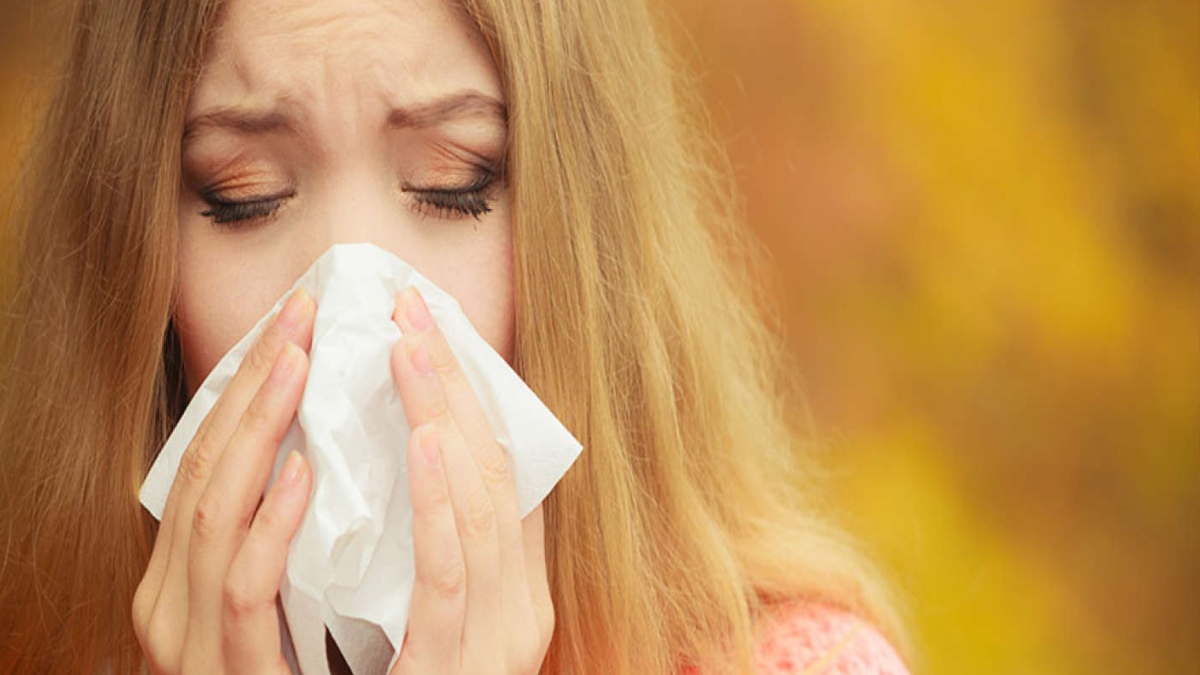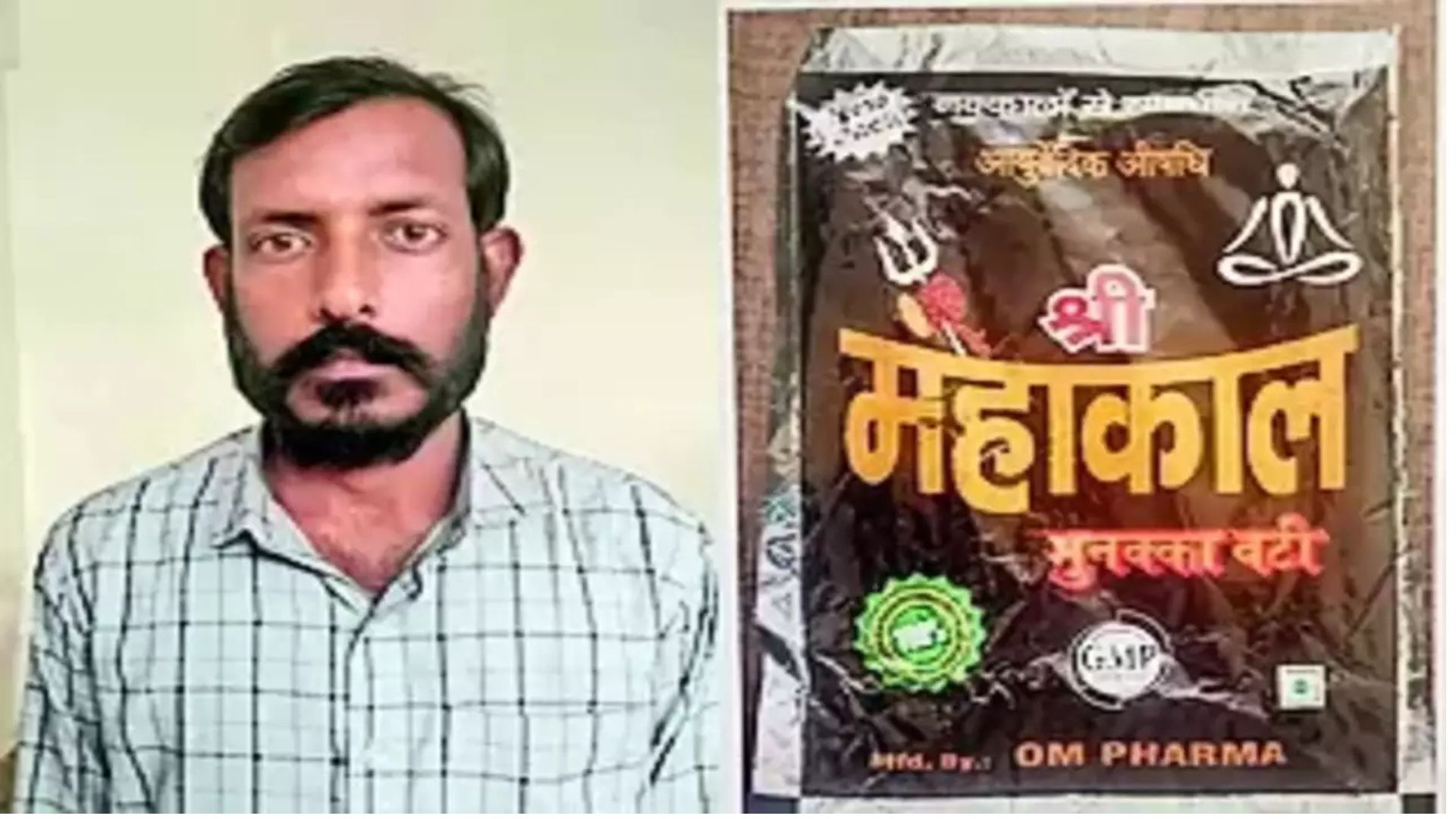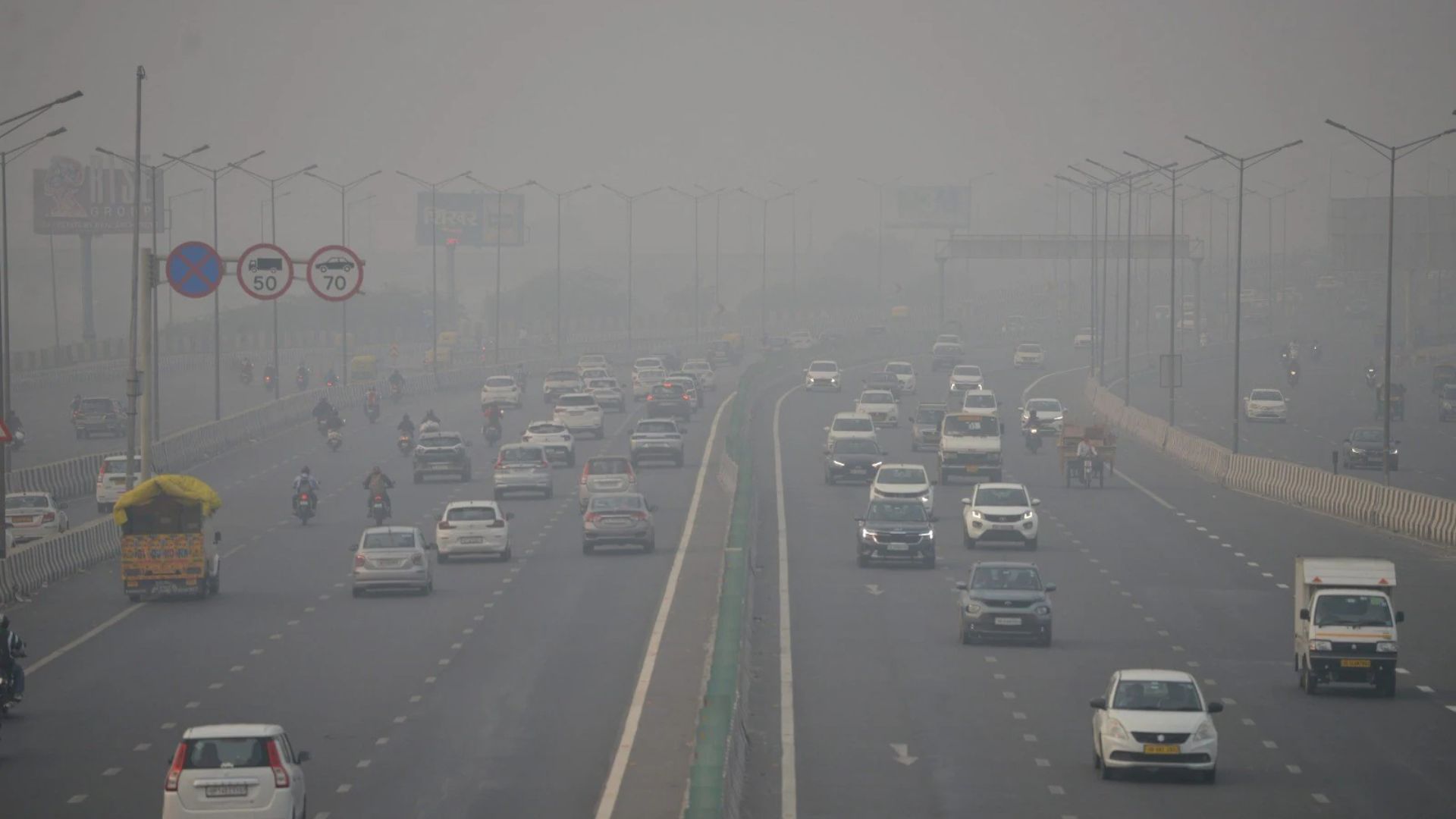
The incidence of Allergyis in 25% to 30% of the Indian population. Allergy can affect any geographical area. It involves primarily the younger population, affecting any age group. Men and women can both get affected almost equally by allergies. It is a type 1 hypersensitive reaction where eosinophil and IgE levels are raised. Asthma is the involvement of the lower respiratory tract. Allergic Rhinitis and Sinusitis is the involvement of the nose and sinuses. The nose being the main door to the respiratory system bears the brunt of allergic insult. Allergic Rhinitis is broadly classified into intermittent and persistent based on the duration of symptoms and mild, moderate or severe based on affecting working efficiency. The persistent and moderate to severe form of AR causes considerable morbidity by affecting working efficiency, sleep pattern, and school activities in the patients, especially in a young child or an adult of productive age. AR is caused by many aeroallergens (like tree, weed, and grass pollen), cat, dog, house dust mite (HDM), and moulds. HDM is the most common indoor allergen causing a persistent form of AR.
The symptoms usually appear on exposure to the causative allergens and triggers. Excessive sneezing, recurrent nasal discharge, and nasal obstruction are the main symptoms of AR. Itching, hearing impairment, facial heaviness, and smell disturbances are the other symptoms. AR is generally undertreated and is neglected to an extent causing the disease to flood into surrounding structures like conjunctiva, sinuses, ear and then to the lower airways. Asthma is the condition when allergens reach the lower airways where symptoms are episodic cough, chest tightness, wheeze, and breathlessness.
Skin prick allergen testing is the test of diagnosis but the detailed clinical history is quite revealing of the cause of symptoms. The raised eosinophils and immunoglobulin E is seen in the haematological and nasal fluid examination. Nasal endoscopy by ENT doctor reveal pale, swollen mucosa with rugosity and it will be boggy nasal septum and nasal turbinates. The hypertrophy of inferior turbinate is commonly stated by the patients as, “Naak me mass badh gaya hai”. The poorly handled disease can show polypoidal tissue in the nasal cavity.
AR is a medical condition. Allergen avoidance and lifestyle modification are the commonly asked measures advised to the patients. Pet and food allergy is best managed by avoiding them. Pollen allergy is diagnosed by symptoms in particular season and it is managed by avoiding unnecessary outdoor activities, especially in early mornings and later in the evenings during the season. While going out, wearing a face mask can provide protection. The bedroom windows should be closed, preferably at night and morning hours. The correction of seepage and fungus infested corners and crevices, keeping the indoor environment clean and well ventilated are helpful methods in reducing fungal spore allergy. The presence of allergic symptoms while sleeping and cleaning the wardrobe is the indicator of HDM allergy. Corners, crevices must be cleaned properly. Regular hot sunlight exposure of pillows and mattresses and dust removal can be helpful. The cleaning of mattresses and pillows is possible with vacuum cleaner also. Regular changing of linens, use of synthetic covers over mattresses and pillows are the other measures to control HDM allergy. The deficiency of Vitamin D and Vitamin B12 predispose us to many diseases including allergy. The prevalence of Vitamin D deficiency is in 70% to 100% of the Indian population, according to hospital-based studies. The supplementation of vitamins is helpful in the control or elimination of allergy in selected cases. Regular physical activity and nasal douches (Jal Neti) help reduce allergy. Nasal douches can be done with a commercially available mixture or homemade mixture (mix baking soda and salt in water and flush the prepared liquid in the nasal cavity with a syringe). Steroid based nasal sprays are the first line of medical management. The common myth regarding steroid spray is their side effects but medical literature is not reflecting the same. Steroid nasal sprays can be prescribed above two years of age. The other commonly employed pharmacotherapy are antihistamines, decongestant nasal drops, or spray. The patients show good and immediate response with nasal decongestants but it should be used for over seven days as it can revert the symptoms by the rebound effect of the drug. The prolonged use of nasal decongestants can induce systemic hypertension. Allergen immunotherapy involves the administration of a progressively increasing amount of an allergen perorally or subcutaneously reaching a dose that is effective in ameliorating the symptoms associated with subsequent exposure to the causative allergens. The selection of allergen is decided based on a skin prick test. Surgery has a very limited role in selected cases. Surgery is focused on the correction of persistent structural abnormality.
AR is an autoimmune disease. A single course of treatment is generally not sufficient enough to control the disease. The course of medical treatment depends on the severity of the disease and it can be reduced significantly by lifestyle modification and allergen avoidance.
The writer is an Associate Professor, Department of ENT, AIIMS, New Delhi.















